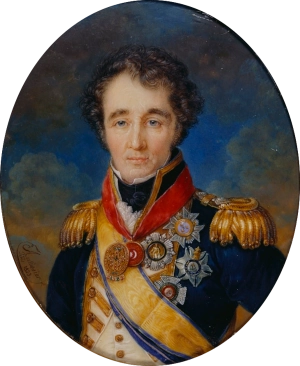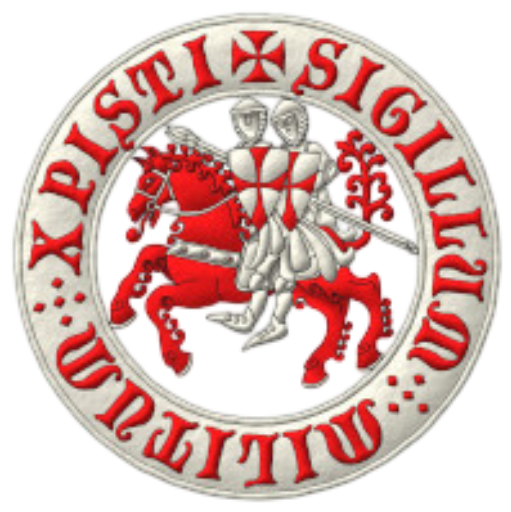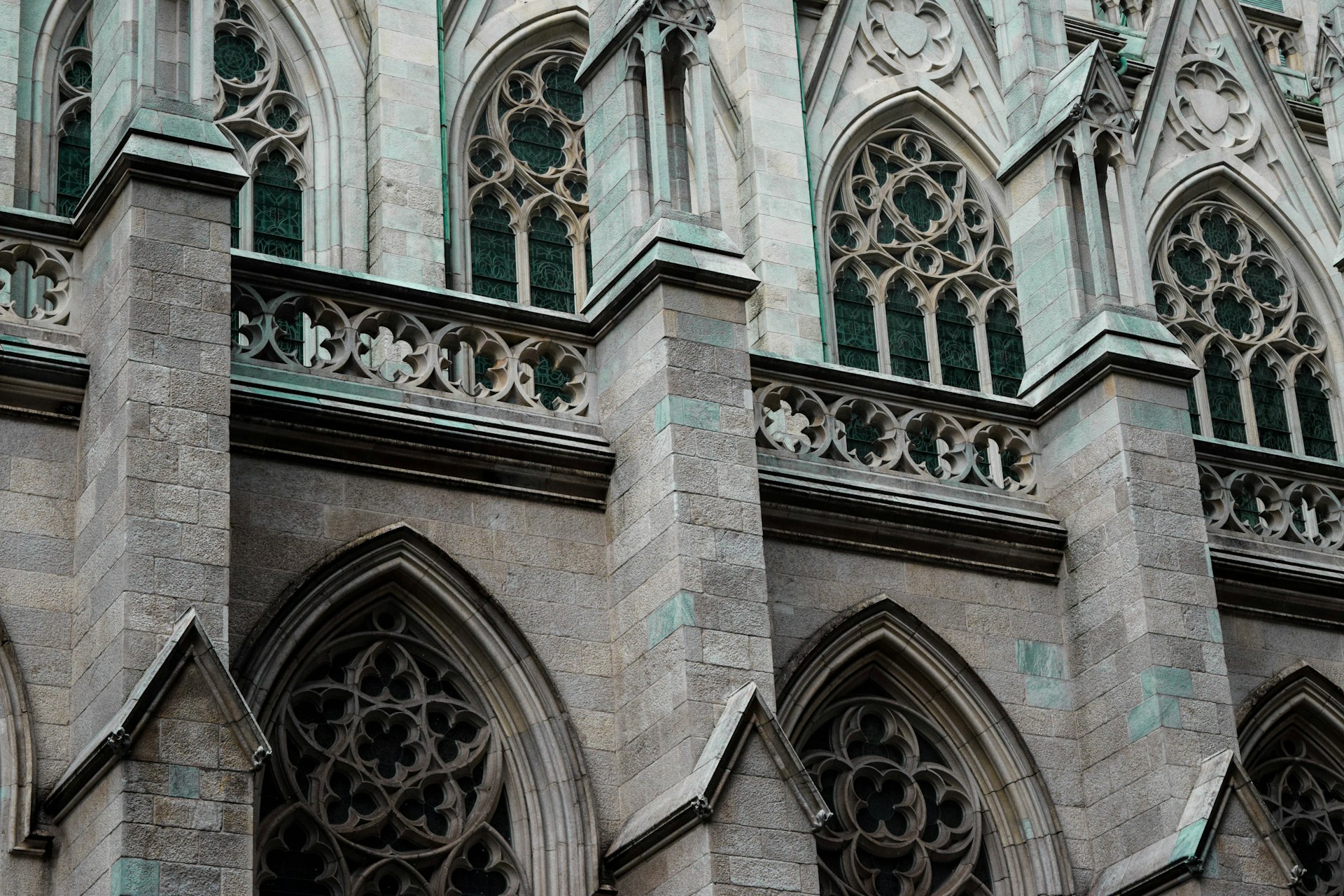L’ordre du Temple (Order of the Temple or OT) was made public in France in 1705 by Philippe II, Duke of Orléans. An important personality regarding the revival of Templar history was Sir Andrew Michael Ramsay Bt FRS. Leaving England for Holland in 1709, he soon moved to Cambrai (France).

by J.B. Santerre (Museo del Prado).
In December 1737, when Charles Radcliffe, Jacobite 5th Earl of Derwentwater, was elected Grand Master of the Jacobite lodge in Paris, he worked with Ramsay to transform the Jacobite lodges into an order of chivalry. Derwentwater’s new office was celebrated by Ramsay in an oration that recounted the medieval chivalric origins and mystical-Jewish themes of Éccosais Masonry.
Among Prince Charles Edward Stuart‘s seven companions on his perilous journey to Scotland in 1745 was George Kelly, whom Ramsay had chosen to translate his Masonic oration for English publication. Privy to Ramsay’s most mystical and chivalric Masonic beliefs, Kelly became one of Charles Edward’s closest advisers. After the Prince’s triumphant arrival in Edinburgh, he participated in a Masonic ceremony in Holyrood Palace.

and Duke of Mar KT (1675 –1732),
Grandmaster of the Ordre du Temple,
with his son; Thomas.
On 30 September 1745, the Duke of Perth wrote Lord Ogilvy that there was “a solemn chapter of the ancient order of chivalry of the Temple of Jerusalem,” when only ‘ten knights were present, for since my Lord Mar demitted the office of G Master, no general meeting has been called, save in your own North Convent.” The Prince “looked most gallantly in the white robe of the order, took his profession like a worthy knight, and … did vow that he would restore the Temple higher than it was in the days of William the Lyon.” Then “Lord Athol did demit as Regent, and his Rl Highness was elected G Master. I write you knowing how you love the order” (Le Monde Maçonnique des Lumières, eds. Charles Porset and Cécile Révauger. Paris: Honoré Champion, 2013).

GCTE, KmstkSO, FRS (1764 – 1840)
The order was officially reconstituted in 1804 by Dr. Bernard-Raymond Fabré-Palaprat, chevalier Legion of Honour, who used the Larmenius Charter (currently preserved at Mark Masons Hall, London) as evidence of its pedigree. The Larmenius Charter is a document written in code that details the transfer of leadership of the Knights Templar to Jean Marc Larmenius after the death of Jacques de Molay (1248-1314). It also has a list of 22 successive Grand Masters of the Knights Templar after De Molay, ending in 1804. The name of Bernard-Raymond Fabré-Palaprat appears last on the list. Larmenius was a Palestinian-born Christian who became a member of the Order of the Temple during the waning years of the Crusades. He was the Templar Preceptor on the island domain of Cyprus. The Charter traces the Order through a dark period until its semi-private unveiling at the Convent General of the Order at Versailles in 1705 by Philippe II, Duke of Orléans. Sir George Warner, D.Litt., FBA, FSA (1845 – 1936), Keeper of Manuscripts and Egerton Librarian at the British Museum, determined the Latin to be of the fourteenth century, consistent with the claims of the Charter, and the illumination to date from the second part of the fifteenth century (Moseley Brown, W. (2003) [1944]. “Chapter V: Theories of Masonic Templar Origins”. Highlights of Templar History: Includes The Knights Templar Constitution and Abbreviated By-Laws. San Diego, California: The Book Tree. p. 54. ISBN 9781585092307; Clausen, D.J. (2021) Succession 1307-1804 Re-Examining the Larmenius Charter).
The Order was approved by Napoleon in 1811, and recognized by Napoleon III in 1853. Notable members included: Admiral Sir William Sidney Smith, GCB, GCTE, KmstkSO, FRS (1764–1840), Charles Tennyson d’Eyncourt (1784–1861), Prince Augustus-Frederick, Duke of Sussex (1773-1843), Dom Pedro I, emperor of Brazil (1798-1834), and the Duke of Choiseul-Stainville, peer of France (1760-1838).
The Ordre du Temple was under the administration of the Martinist KvMRiS lodge in Brussels (a branch of the Groupe indépendant d’études ésotériques de Paris) beginning in 1894 until it was registered as OSMTJ in 1932. During WWII, the order’s records were transferred to Portugal, where they were taken care of by Dom Antonio Campelo Pinto de Sousa Fontes (1878-1960).
In the 1930’s, Swiss national Anton O.E. Leuprecht-Rapp of 10 Rue Bonivard, Geneva, was admitted a member and subsequently given permission by Dom Antonio to establish Autonomous Grand Priories throughout the world. Leuprecht-Rapp was also a Grandmaster of the Grand Orient Maçonnique Martiniste Suisse.

Fontes (1878 – 1960).
The independent Grand Priory in Switzerland was formed in 1937 (biography File 816 – Leuprecht-Rapp, A. of the Batchinsky Collection of the Carleton University Library), and is legally structured as a Swiss Verein (art. 60 Swiss Civil Code). The statutes were modernized in 2017 by Dom Antonio’s son, Dom Fernando Pinto Pereira de Sousa Fontes (1929-2018). The financial operations of the Priory are conducted through a Dutch private foundation, which was established in 1991, with a power of attorney from Dom Fernando.
The historical continuity of the Order rests with Philippe II, Duke of Orléans, who inherited the legacy of the counts of Champagne (instrumental in the Order’s formation) upon the merger of the House of Champagne with the French crown in 1317.
Literature
- Academia.edu
- M. Roggemans, Geschiedenis van de occulte en mystieke broederschappen, 2010
- Daniel J Clausen, Verifying the Continuation of the French Ordre du Temple and the OSMTJ
- Chronology Order of the Temple
Mission
The ancient Templars’ naval operations ensured the safe passage of pilgrims, and protected trade routes, making them a significant force in maintaining stability and promoting the region’s economic and religious significance. In line with its history, the modern Order is a fellowship operating an expert group which focusses on promoting maritime security.
Grand Master
The Grand Priory recognizes Jacques de Molay (1248-1314), as the sole, last Grand Master of the Knights Templar. The Grand Priory makes a moral and ethical claim to follow in the same spiritual path as the original Order of the Knights Templar.
Membership
Membership is by invitation only.
Grand Prior
- Bar. Dr. rer. nat. h.c. R.A.U. Juchter van Bergen Quast, LLM
Council
- Vice Admiral (Ret.) Boris Borisovich Kozhin
- HSH Georg-Victor Prince zu Bentheim-Steinfurt
- Rear Admiral (Ret.) Damiano Capurso
- Master mariner Lars H. Bergqvist
Charity
St. Michael’s Abbey in Farnborough, England, stands as a unique beacon of faith and scholarship. Founded in 1880 by Empress Eugénie, wife of Napoleon III, the Abbey carries a rich heritage of prayer, study, and service. Crushed by the loss of her husband in 1873 and the death of her son in 1879, Empress Eugénie built St Michael’s Abbey as a monastery and the Imperial Mausoleum. The arrival of the French Benedictine community in 1895 further enriched the Abbey’s legacy. Napoleon III was one of the first monarchs who recognized our Order. Due to the historical ties between our Order and Napoleon III, we feel a strong connection to St. Michael’s Abbey.
We encourage and facilitate financial contributions to the Abbey, ensuring the monks have the resources needed to maintain the Abbey, continue their monastic life, and fulfil their mission.

